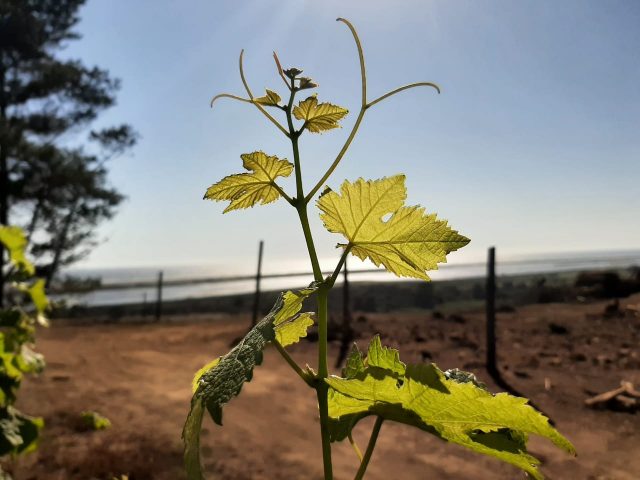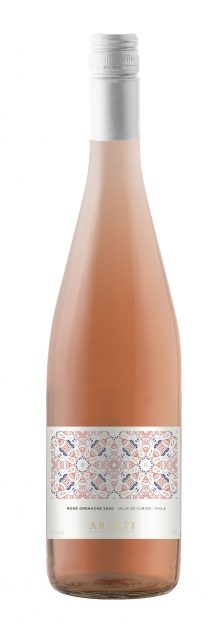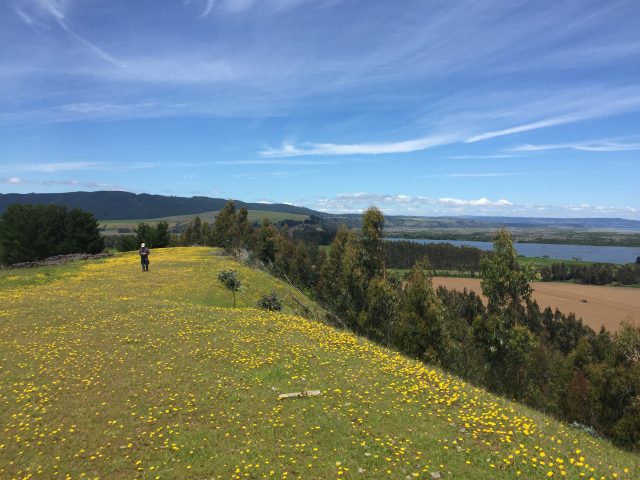This website uses cookies so that we can provide you with the best user experience possible. Cookie information is stored in your browser and performs functions such as recognising you when you return to our website and helping our team to understand which sections of the website you find most interesting and useful.
Aresti: We want to be part of the rosé boom
Chilean winery Aresti is due to launch its first Provence-inspired pale pink rosé in the UK this summer and is keen to ride the wave of the category’s popularity.

Speaking during a Zoom interview earlier this month, Aresti’s commercial director Cristián Becerra explained that Chile was starting to wake up to the popularity of rosé around the world and was reacting to the trend.
“We recently launched a Grenache rosé as we wanted to be part of the rosé boom. All of our commercial guys were asking us to add a high-end rosé to our portfolio, to sit alongside our entry-level rosé.
“We went for Grenache from Curicó, which we got amazing results from. The wine is housed in a tall, thin bottle and the label is inspired by a mandala.

“We already had the Grenache planted to work with so didn’t need to do too many trials before releasing our first commercial vintage. Getting the pale pink colour correct was really important.
“The first few palettes are on their way to the UK and will be sold via Slurp for around £10-12 a bottle. The wine isn’t part of a formal range, it stands on its own in the same way that the rosé category stands alone.
“Chile is a bit late to the game when it comes to rosé but a lot of wineries are experimenting with it now in a similar way to sparkling wine.”
As for the company’s Malbec, Becerra reported strong sales of its Espiritu Malbec, particularly in the UK via Freixenet Copestick, Ireland and the US.
“The success of Argentine Malbec opened the door for Chile. We used to make Malbec in Chile, so it’s been more about reviving that tradition. The grape does really well in Maule and Curicó, as it’s a slow ripening variety.
“We used to make a reserve Malbec a decade ago, but we’ve brought it back at a more affordable price. For £10 a bottle you get a good quality wine that’s deep in colour and concentration,” he said.
Aresti’s Trisquel Series project in the coastal district of Iloca in Curicó started in 2019 when the team planted Sauvignon Blanc and Pinot Noir in a two hectare plot close to the sea.
The aim of the project is to discover new terroirs in the Curicó valley to show what the country is capable of from its most Eastern point.
The new vineyard site is around 600m from the Pacific Ocean, close to the mouth of the river at Iloca, situated on a plateau 40m above sea level. According to Aresti, this is the closest vineyard to the Pacific in Chile.

The company will produce its first vintage from the site in 2022, making around 500 bottles of Pinot Noir and Sauvignon with the ultimate goal of producing 1,000 bottles a year.
So far strong coastal winds have proved a tad challenging but the team is optimistic about the wines that will be made from the unique coastal site.
Aresti is also working with small producers and local farmers to revive the lost viticultural tradition in the oasis town of Pica, in northern Chile’s Tarapacá region and will bottle its first vintage from the site this year.
The company has planted 100 vines across six varieties – Cabernet Sauvignon Carmenère, Cabernet Franc, Petit Verdot, Malbec and Syrah – to see how they grow in a very warm, high luminosity climate. It is also researching the influence of UV radiation on the polyphenolic composition of grapes.
The team are also working to uncover and restore the old stone lagars that were used to produce foot trodden wines in Pica over 200 years ago, and hope to crush grapes from within them.
Last year, Aresti partnered with Buglife to support biodiversity in the UK, on the back of its study into the native bee population in Chile’s Curicó Valley.
Related news
Château Beauséjour: entering a new era
Outlier Brooke Rollins appointed as next US secretary of agriculture

